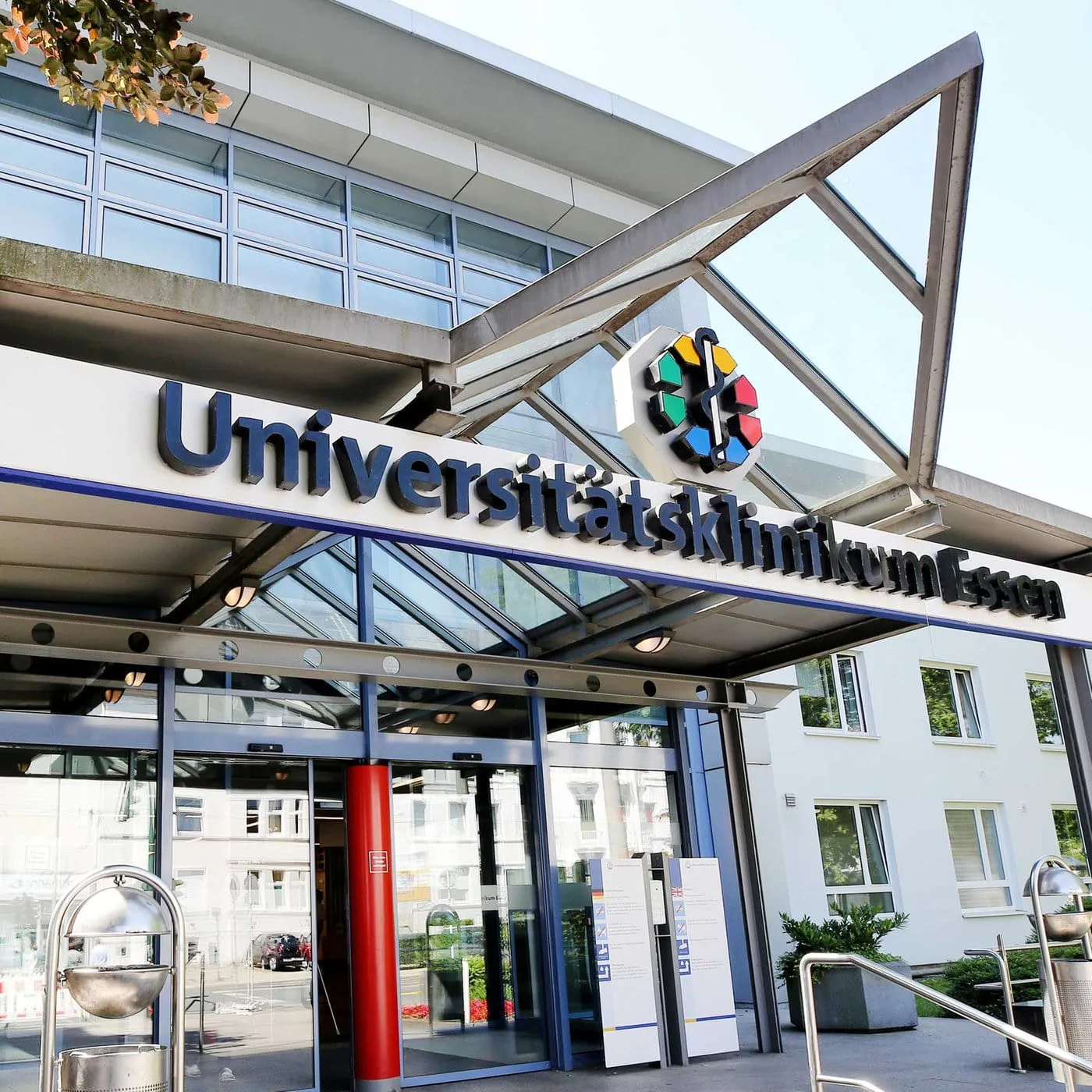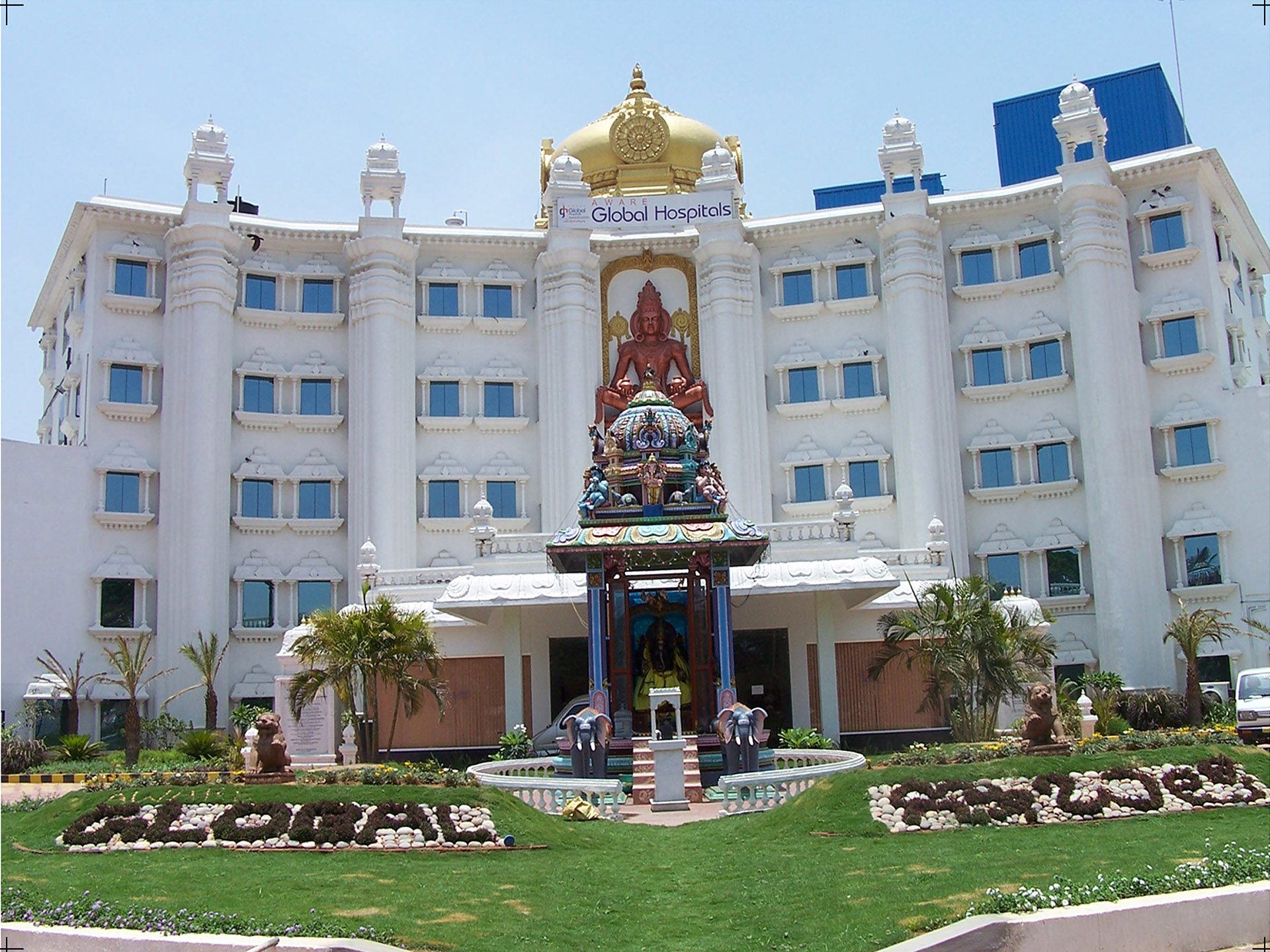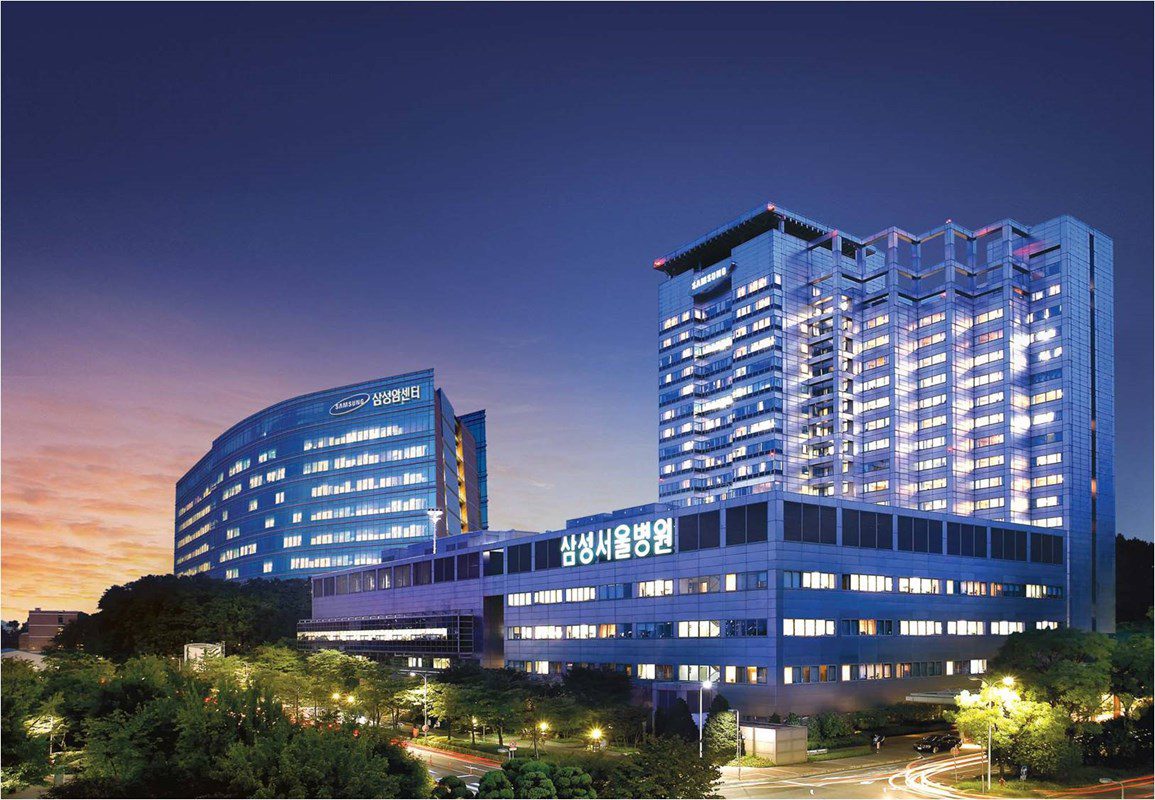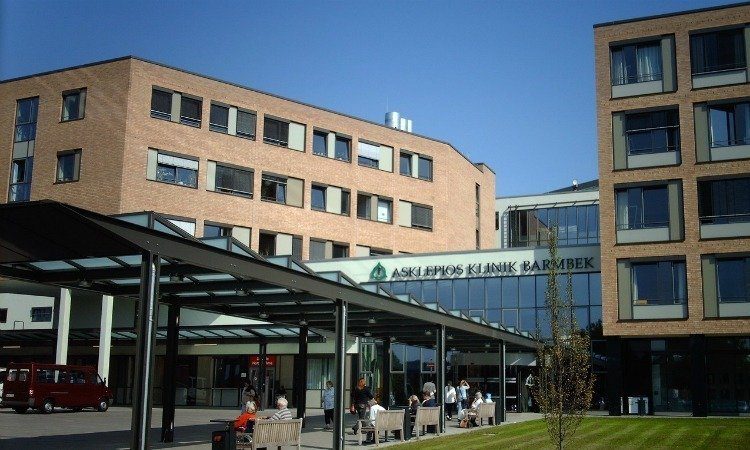What is Fibrocystic Mastopathy? Effective Diagnostic and Treatment Methods
Fibrocystic mastopathy – phenomenon in which tissue accumulations similar in structure to a tightrope are formed in the chest. These changes aren’t classified as a pathology; they are quite frequent and aren’t considered dangerous in the medical community.
Sometimes, fibrosis causes discomfort to women, particularly, provoking pain in the chest. Such aches are harder before menstruation and during the cycle. Nevertheless, discomfort can be eliminated with simple measures.
What causes fibrocystic changes in the breast?
Why exactly fibrocystic mastopathy occurs is unknown. Doctors say that reproductive hormones, in particular estrogen, are certain catalysts for the formation of such structures in the breast. Risk factors include the following.
- Such changes appear in women of the 20-50 age category. Rarely, they appear after menopause, nevertheless, it’s possible at this age when undergoing hormone therapy.
- Excessive estrogen release – reproductive system functioning defects.
- Excessive alcoholic beverages consumption, especially by women aged 18-22.
This condition occurs so often that doctors have ceased to consider it a pathology, but have ranked it as a certain type of breast tissue modification.
Symptoms of fibrocystic changes presence in breasts
Fibrocystic mastopathy symptoms are as follows.
- Solid masses in mammary glands or thickenings, usually merging with breast tissues.
- Widespread chest ache, painful and uncomfortable sensations in the upper part.
- Knots or lumpy formations become larger during menstruation.
- Dark brown or green discharge from the nipples, bloodless, which flows without pressure on the nipples.
Changes occur in both breasts. Shortly before the menstrual cycle and during it, the swelling becomes larger and brings discomfort.
Are these changes cancerous?
Fibrocystic formations in the breast don’t pose a danger to women’s health. Such formation presence doesn’t increase the cancerous tumor’s likelihood.
Fibrocystic mastopathy diagnosis
Fibrocystic changes are detected by physical mammary glands examination, particularly, by palpation. To make a more accurate diagnosis, specialists may resort to the following methods.
- Ultrasound or MRI – obtaining a visually accurate image of mammary glands, helping to distinguish a benign formation from an abnormal and potentially dangerous one.
- Biopsy – tissue sample examination is used in case of suspicions about cancerous nature tumors.
Fibrocystic mastopathy treatment
Mostly, mastopathy fibrocystic modifications don’t require clinical intervention. All women need is symptom relief, and it can be achieved at home.
- Meds aimed at eliminating pain and discomfort.
- Wearing a special bra covering the chest so that it reduces its mobility, and stabilizing the sensitivity to movement.
- Cold and warm compresses – sometimes, ice wrapped in a cloth or warm gauze is applied to the mammary glands.
Observations shown that limiting caffeinated beverages consumption helps to improve the condition. Additionally, fatty acids should be added to diet – although there’s no clinical confirmation of this, nevertheless, many women noted the effectiveness of such nutritional correction.










